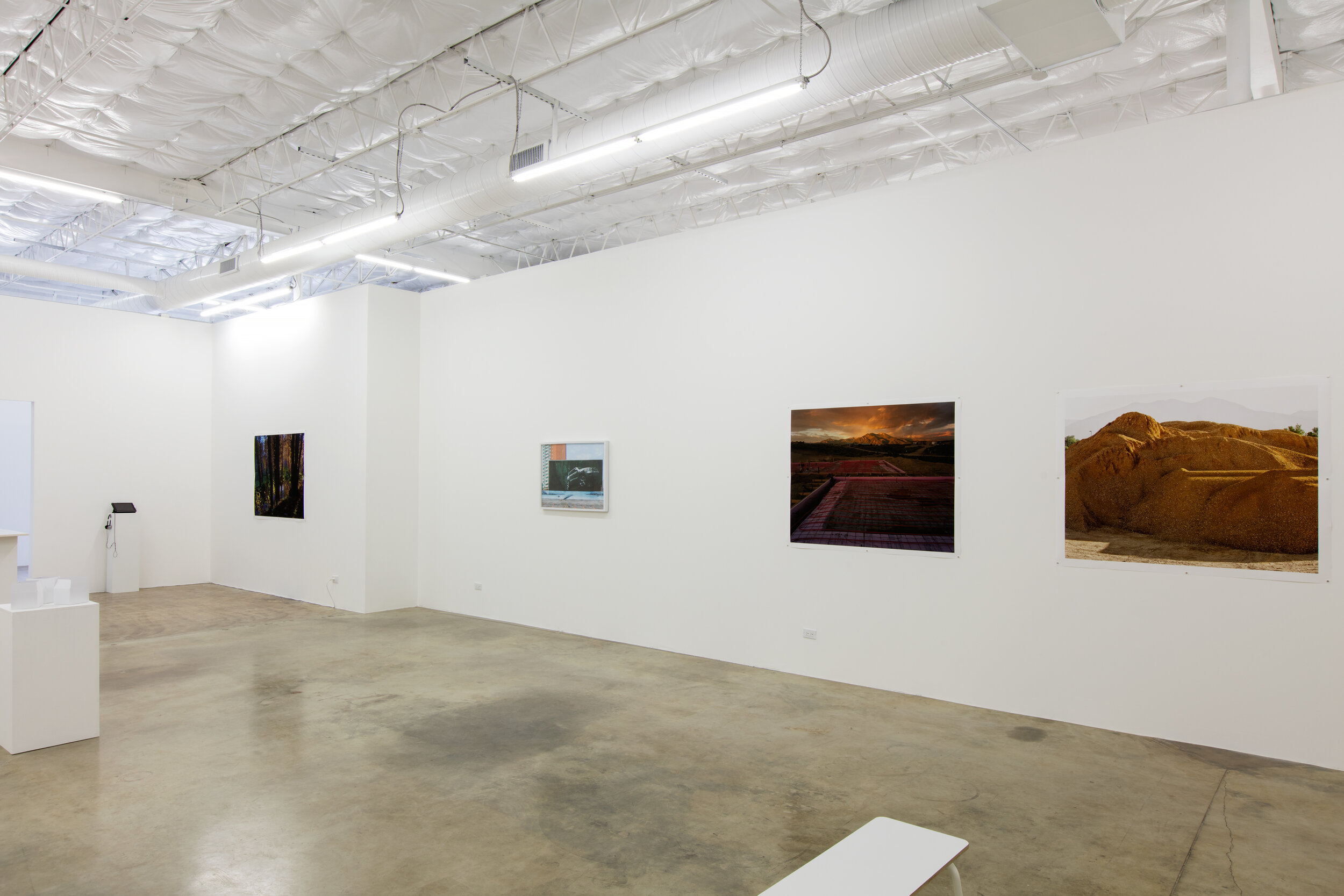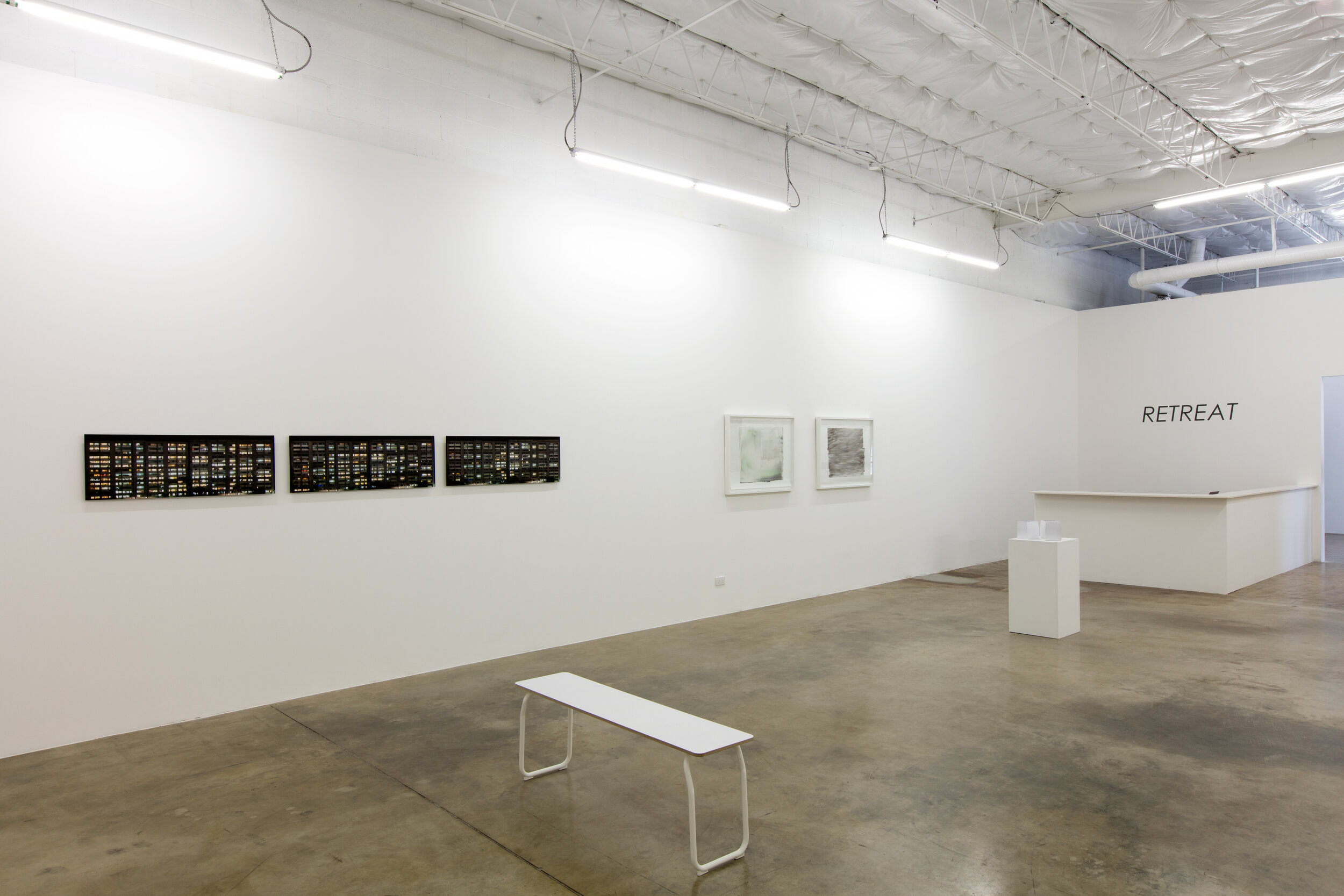






















Retreat: The Beautiful Versus Sublime
Rachel Rogerson
Retreat
2015
The labyrinth of late autumn.
A discarded bottle lies at the entrance to the wood.
Walk in. The forest in this season is a silent place of abandoned rooms.
Only a few, precise sounds: as if someone were lifting twigs with tweezers;
as if, inside each tree-trunk, a hinge was creaking quietly.
Frost has breathed on the mushrooms and they’ve shriveled up;
they are like the personal effects of the disappeared.
It is almost dusk. You need to leave now
and find your landmarks again: the rusted implements out in the field
and the house on the other side of the lake, red-brown
and square and solid as a stock cube.
-Tomas Tranströmer,Out in the Open
While contemplating the dual meaning of the word retreat, the philosophical ideas of the beautiful and sublime manifest.[1] The spiritual undertones of the word – retreat – are also pertinent to both notions.
Retreat (n): an act of moving back or withdrawing. This definition relates implicitly to the concept of the sublime in nature, which, in its vastness, is at once terrifying and awe inspiring or spiritual – distinct from the aesthetically beautiful and picturesque.
Retreat (n): a quiet or secluded place in which one can rest and relax. Directly related to the viewer’s perception of beauty, nature evokes splendor, love, and pleasure.
Through video and photography, that reflects the human condition, artists investigate this topic. The culmination of these works suggests the extent we may go to protect or exclude ourselves from nature, and/or conversely, enjoy and flourish amidst nature. Since these works are contemporary, they go a step further than the beautiful/sublime philosophy suggests, implying the impact humans have upon nature. Home foundations sit lonely amidst sprawling vistas. Lush forests provide little evidence of humanity. Concrete structures dominate cityscapes. What remnants of civilization do we impose on our environment? What features of nature do we attempt to possess?
Rachel Rogerson, 2015
[1] Edmund Burke, A Philosophical Inquiry into the Origin of Our Ideas of the Sublime and the Beautiful, 1757
